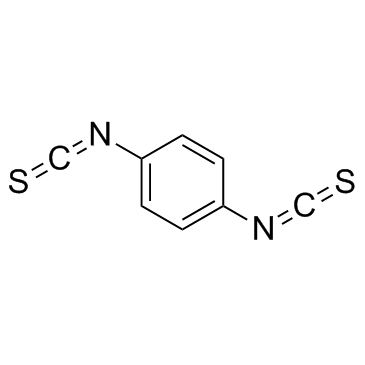Experimental study of the pathogenesis of infantile obstructive cholangiopathy and its clinical evaluation.
T Ogawa, K Suruga, Y Kojima, T Kitahara, N Kuwabara
Index: J. Pediatr. Surg. 18(2) , 131-5, (1983)
Full Text: HTML
Abstract
1,4-phenylenediisothiocyanate was given to five groups of rats of different developmental stages (97 in all), and the changes in the hepatobiliary system were compared histopathologically. Three groups of rats given the drug after birth showed dilatation of the extrahepatic bile ducts with inflammation. Two groups given the drug during the fetal period or added after birth showed stenotic or atretic extrahepatic bile ducts due to thickening and fibrosis of the wall. This experimental model suggests that differences in the pathologic features of infantile obstructive cholangiopathy (biliary atresia, neonatal hepatitis, and bile duct dilatation) may be the result of various developmental stages in the pathogenic process. After the experiment, 11 cases of correctable type biliary atresia were compared to 24 cases of noncorrectable type in various aspects. It is suggested that the correctable type may have suffered pathogenic process later in the developmental stages than noncorrectable type.
Related Compounds
| Structure | Name/CAS No. | Molecular Formula | Articles |
|---|---|---|---|
 |
p-Phenylene diisothiocyanate
CAS:4044-65-9 |
C8H4N2S2 |
|
Label-free impedimetric immunosensor for ultrasensitive dete...
2013-01-15 [Biosens. Bioelectron. 39(1) , 220-5, (2013)] |
|
Optimizing the immobilization of single-stranded DNA onto gl...
2001-02-26 [J. Biochem. Biophys. Methods 47(3) , 221-31, (2001)] |
|
Barcoded nucleotides.
2012-01-02 [Angew. Chem. Int. Ed. Engl. 51(1) , 254-7, (2012)] |
|
Dendrimer-activated solid supports for nucleic acid and prot...
2001-09-03 [ChemBioChem. 2(9) , 686-94, (2001)] |
|
Subunit associations of (Na+ + K+)-dependent adenosine triph...
1983-08-25 [J. Biol. Chem. 258(16) , 9878-85, (1983)] |